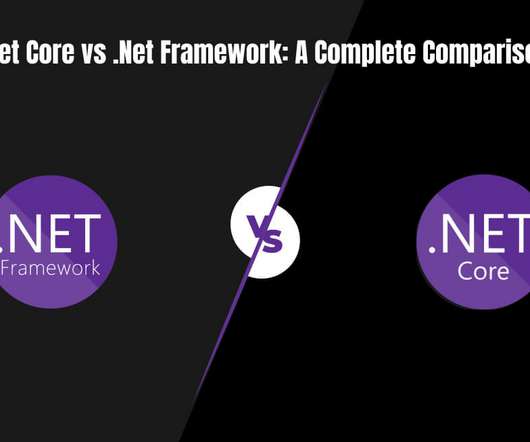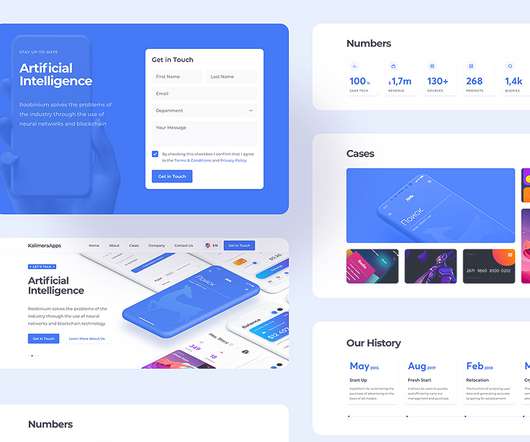Angular vs React – Detailed comparison for Startups and Entrepreneurs
Openxcell
NOVEMBER 1, 2020
That puts developers and project managers in a dilemma to choose between the two. However, its selection depends on your project requirements as they both have their pros & cons and are unique in their way. It requires complex configuration to integrate React in the traditional MVC framework. Disadvantages of React.















Let's personalize your content